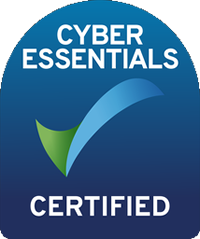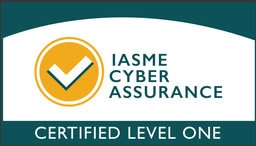Automated transcription, edit or transcribe from start?
Technology has made almost every aspect of our lives easier and more efficient. From smartphones to smart homes, there seems to be no limit to what technology can do. One area where technology has made significant strides is in the field of automated transcription for video meetings. This technology has revolutionised the way we conduct virtual meetings, making it easier to document and share information. However, as with any new technology, there are pitfalls that can arise, especially in the context of automated transcription for video meetings. In this article, we will discuss some of the pitfalls of using automated transcription for video meetings and how to avoid them.
Accuracy and Reliability
One of the major pitfalls of automated transcription for video meetings is the issue of accuracy and reliability. Whilst the technology has come a long way, it is not yet perfect. Automated transcription relies on AI algorithms to transcribe speech into text. This means that the accuracy of the transcription is dependent on the quality of the audio and the clarity of the speech. In a video meeting, there may be background noise, multiple speakers, or poor audio quality, which can lead to errors in the transcription. These errors can range from minor typos to completely incorrect words, making it difficult to understand the information being conveyed accurately.
To avoid this pitfall, it is crucial to have a high-quality audio setup for your video meetings. This could include using a good quality microphone, minimising background noise, and ensuring that all participants speak clearly and concisely. Additionally, it is always a good idea to have a human transcriber proofread the automated transcription to catch any errors that may have been missed.
Privacy and Security Concerns
Another significant pitfall of automated transcription for video meetings is the potential privacy and security concerns. Video meetings often contain sensitive and confidential information that should not be shared outside the meeting. Automated transcription software stores the audio recordings and transcripts on their servers, raising concerns about data privacy and security. Companies need to have strict data protection policies in place to ensure that their data is not compromised. Additionally, they should only use transcription services that comply with data privacy regulations, such as GDPR and CCPA.
Linguistic and Cultural Limitations
Automated transcription software is programmed to recognise and transcribe speech in a specific language and dialect. This means that it may not accurately transcribe the speech of speakers with different accents, dialects, or languages. In a video meeting, participants may have different accents or speak in a language that is not their native language, making it challenging for the software to accurately transcribe their speech. This can result in errors and misunderstandings, especially in a multicultural or international context.
To overcome this pitfall, it is essential to choose a transcription service that supports a wide range of languages and accents. Additionally, it is always a good idea to have a human transcriber who is familiar with the dialect or accent proofread the automated transcription.
Cost and Time
While automated transcription may seem like a cost-effective and time-saving solution, there are some hidden costs and time constraints that companies need to consider. Depending on the length of the video meeting, the number of participants, and the quality of the audio, the cost of automated transcription can quickly add up. Additionally, the time it takes for the software to transcribe the meeting can also be a limiting factor. In some cases, it may take longer for the software to transcribe the meeting than it would take for a human transcriber to do it manually.
To avoid this pitfall, companies should consider the length and complexity of their video meetings before deciding on the use of automated transcription. For shorter and simpler meetings, it may be more cost-effective and time-efficient to have a human transcriber do the job.
While automated transcription for video meetings has its benefits, there are also some pitfalls that companies need to be aware of. By understanding these pitfalls and taking the necessary precautions, companies can avoid the potential risks and make the most out of this technology. It is crucial to remember that while technology can be a powerful tool, there is no substitute for human intelligence and judgement. Therefore, it is always a good idea to proofread the automated transcription and have a human transcriber as a backup to ensure accuracy and reliability.




